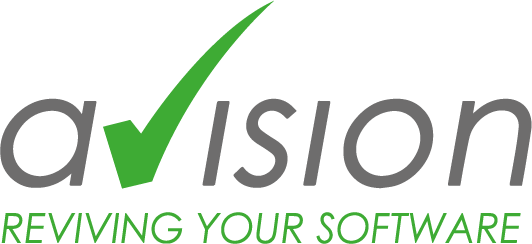First modernize the IT landscape, then think about AI
Everyone is talking about AI. Suddenly everyone wants ChatGPT to write texts for them. Other AI applications generate images or automate entire processes. Managers and IT managers are racking their brains over what artificial intelligence could do in the future. It gives the impression that we in corporate IT have no other problems than to quickly install a few bots or smart add-ons everywhere.
But that’s not true at all. In some places, the existing software landscape of German companies is as dilapidated as the rail network – and really has nothing at all in common with the dazzling new world of AI. Instead, postponed updates, neglected maintenance and a lack of programming standards have meant that IT teams in many places are mainly occupied with solving technical problems in existing applications. The legacy issues not only tie up valuable developer time, but users also suffer from slow and inefficient processes. In some cases, working smoothly is out of the question. If individual components have reached their end-of-life or are no longer compatible after the many updates and adaptations, security gaps arise that can no longer be closed. If the software is ultimately so old that the provider discontinues support, this is tantamount to a super-GAU.
The postponed modernization process therefore has far-reaching consequences for companies. On the one hand, sticking with legacy software prevents innovation. On the other hand, savings are often made in the wrong place. Management often believes that refactoring the existing IT landscape or even replacing it is too expensive and that it will work somehow. But this assumption is deceptive. In reality, old applications lead to a mountain of technical debt over time – which means that fixing the constant software problems devours a lot of money. The funds that flow into legacy issues are of course lacking elsewhere, for example for AI projects or other solutions for the new world of work.
So before managers demand the integration of artificial intelligence in company applications, they should do their homework. In concrete terms, this means reducing technical debt through modernization and thus making the software user-friendly, efficient and secure. Technological innovations can only work at all if the IT landscape is up-to-date.
Providers in the IT sector should generally take this stance towards their customers. Instead of proposing quick solutions and making compromises under pressure, they should develop sustainable, good code that runs reliably for a long time with appropriate maintenance. Only with this stable foundation does it make sense to discuss the use of AI. Because even if many are now presenting the integration of algorithms as a panacea: AI also needs structured codes in order to develop its full potential. That’s why companies should take one step at a time and modernize their own IT landscape before thinking about AI integration. After all, even Deutsche Bahn doesn’t build a hydrogen drive into a steam locomotive.
This press release can also be found at www.pr-com.de/de/avision
Press contact
Avision GmbH
Christina Karl
Marketing
Bajuwarenring 14
D-82041 Oberhaching
Tel. +49-89-623037-967
christina.karl@avision-it.de
PR-COM GmbH
Melissa Gemmrich
Sendlinger-Tor-Platz 6
D-80336 München
Tel. +49-89-59997-759
melissa.gemmrich@pr-com.de


